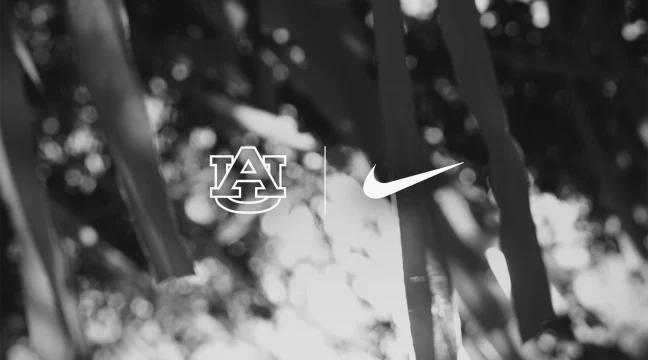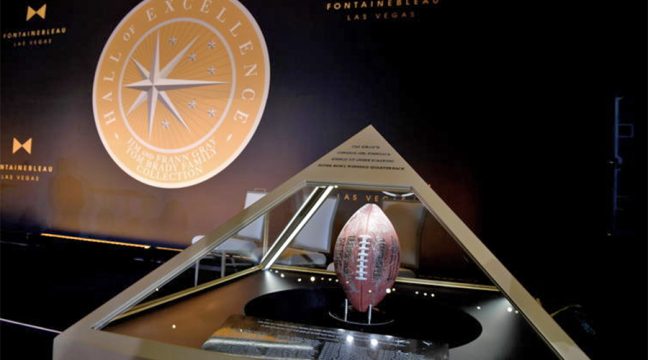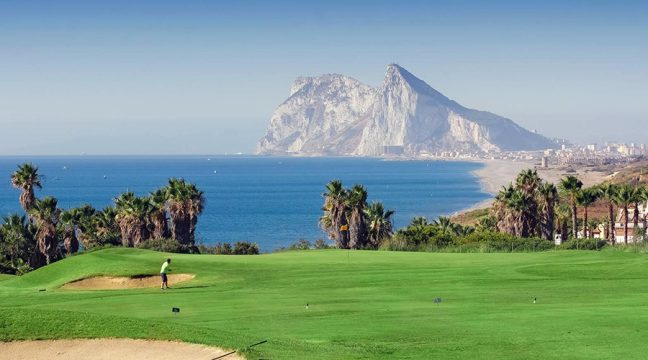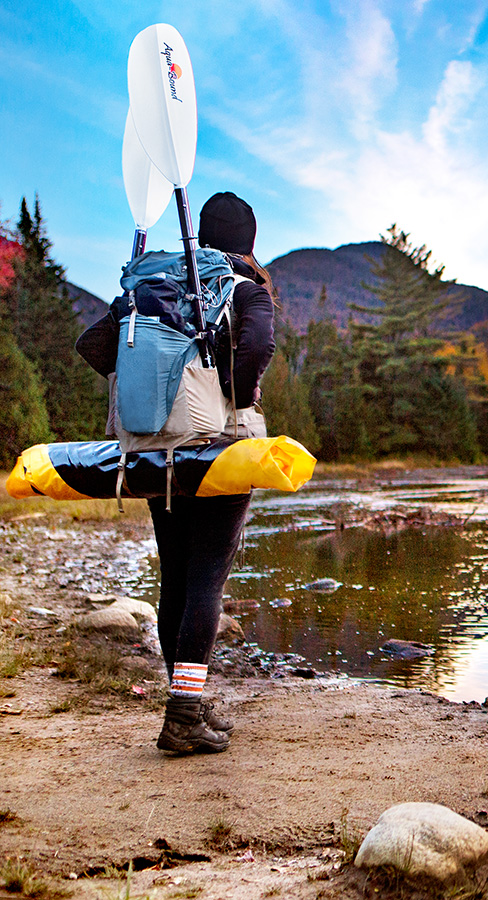 By Teresa Hartford
By Teresa Hartford
<span style="color: #999999;">Kokopelli Packrafts was founded out of a garage in Denver, CO by three guys who grew up together from grade school and who developed a bond through early years of scouting, backpacking, and climbing. None have engineering, product, or design backgrounds, but they share a love of the outdoors and passion for adventure.
The goal, when they founded their company, was to create the ultimate adventure boat that would fit into a backpack, or on a bike, that you could take with you to turn a hike or a bike trip into a boating trip and where any lake, stream, river or ocean that came in your path wouldn’t present itself as an obstacle but rather an add-on to explore nature in its most serene setting.
In the beginning, the guys tinkered in the garage creating and testing prototype rafts in the lake you find in Welch Park in downtown Denver. Their work was relegated to weekends because they each had full-time jobs. It’s the classic Made In The USA story. When something doesn’t work, you work hard and you come up with the solution.
Kelly Smith, Kokopelli, co-founder, sat down with SGB to talk about the brand, the vision, and paddling without space requirements.
SGB | Education, Community and Performance are critical drivers to Kokopelli’s growth. KS | Yes, our company was founded on the single principle of Innovation. In the early years, this meant we were solely-focused on innovating our packrafts. As we expanded, it has grown into a focus of innovating the sport through three foundational pillars Performance, Education, and Community.
• Performance represents the continual development of high-end packrafts made out of cutting edge materials, with design and user experience as our primary focus • We seek to grow the sport responsibly through proper Education and safety training through our own means, as well as with affiliated partners • Finally, we understand that packrafting is a unique sport and every packrafter in the community shares a connection through their passion for this incredible activity. We build relationships through Community opportunities—paddling with our fellow packrafters—as well as engaging with our followers off the water, whether it’s joining together to help promote a good cause or grabbing a brew at the local pub.
SGB | What is the definition of Packrafting? KS | Multiuse is always front-of-mind so that you do not have to carry more than one item if that item could function as a multi-use product. Packrafting allows you to engage in a multisport adventure with one piece of equipment in your kit. Packrafting affords loop adventures as opposed to out-and-back experiences and at the end of the day, opens up a lot more opportunity for trip planning.
When we discovered that the category of Packrafting existed, we immediately jumped on board. In the past you would say ‘where’s the trailhead?’ or ‘where are we going to park the car or climb the mountain?’ Packrafting opens up the opportunity to explore new places, and it no longer matters if you’re doing things faster than someone else, better or higher.
SGB | Has Kokopelli shifted the paradigm to create an adventure? KS | Yes. Packrafts make a trip that no one has taken before.
SGB | It’s more about the journey than the destination? KS | We’re not trying to get to the destination as fast as possible, Kokopelli is trying to make the most extraordinary journey in between with our packrafts. If you can ride your bike, camp out, climb a rock face with your best friend then keep riding and float out, that’s an epic trip and something you will remember the rest of your life as opposed to running a marathon, competing in a triathlon or climbing Everest. Packrafting offers the opportunity to do so much more.
SGB | Adventures don’t have to be big to enjoy the outdoors alone, with friends and family. KS | There are a lot of opportunities in our backyards to enjoy an active outdoor lifestyle that many people overlook because of the mindset that you need to climb this mountain or go to this remote area to get the biggest whitewater. Kokopelli is not about that. We’re happy with being part of the bigger adventure.
For some people, today’s current outdoor climate of activity is unattainable. We’re offering an alternative that with one piece of equipment you can change how you experience the outdoors.
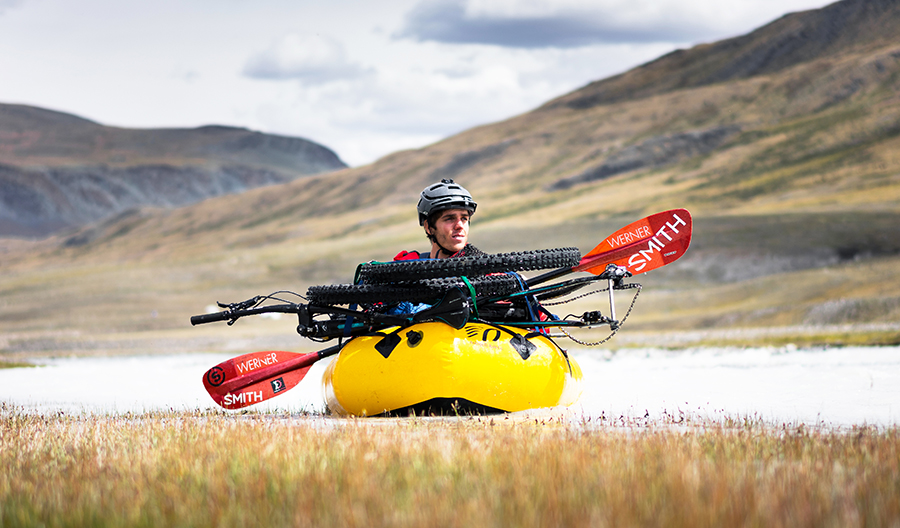
SGB | Is Kokopelli at the forefront of the Packrafting category? KS | Packrafting has been mostly underground for the last 10-to-15 years. There are reasons for that, but it’s also the natural evolution of any sport. For example, in the 1960s, all these young guys started the climbing industry building gear in their garages. Back then, most folks never anticipated climbing would come out as the category it is today. Who would want to put their life at risk climbing a vertical cliff wall? But look at what happened. Brands like Patagonia and Black Diamond came out of the period, and today climbing is a worldwide recognized sport.
Fast forward to the 1980s. Burton comes out with the idea of snowboarding. All of the naysayers said that the sport would never become a thing because the kids were more-or-less hoodlums on the mountains, not real skiers, and so many ski areas banned snowboarding including many of the big skiing institutions. Again, it took time, but eventually snowboarding turned into a mainstream sport and now snowboarding is an Olympic sport.
We see many similarities in packrafting. We’re not claiming that Kokopelli is the inventor because we’re not. Packrafting goes back to the early 2000s. We started the brand in 2012. We pride ourselves in bringing packrafts to the Outdoor market, and we see the sport spreading across Europe, Australia, New Zealand, the U.S., and Canada and today you can find packraft roundups and associations throughout the regions. The groundwork is being laid for the emergence of a new sport.
SGB | Why do you call packrafting a new sport? KS |When you say packraft or packrafting you can look at it in two ways. A product or a sport. An inflatable kayak is a product but not a sport because people don’t talk about it—the product—in those terms. You use the word kayak in terms of an activity or trip. For it to be a sport, there needs to be a competition. What we’re seeing is people are entering river races using their packrafts but in a kayaking event. We believe, over time, events will be created specifically for packrafters.
Adventure racing has accepted packrafting as a discipline in sport.
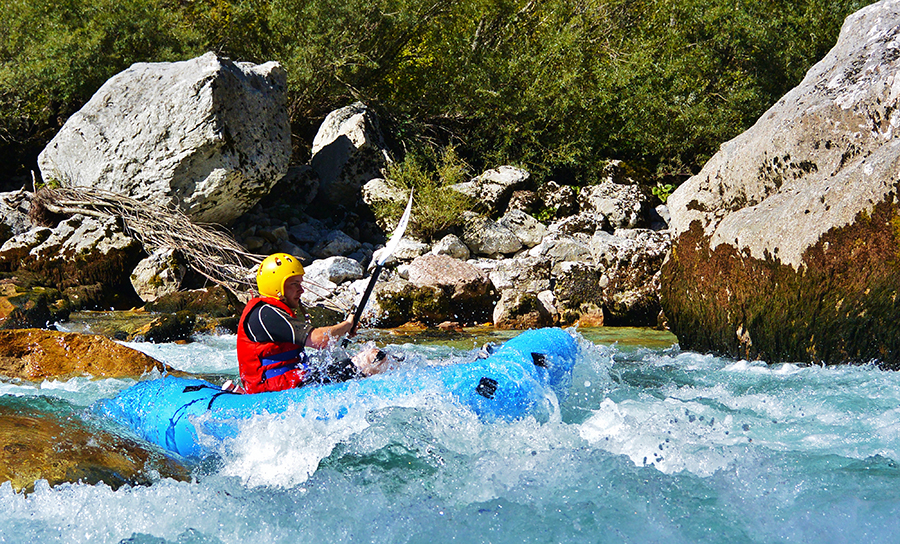 SGB | Can a packraft be used on any body of water including whitewater? KS | Yes, but like any water sports, there are a few essentials. You want to know the craft that you are in for the type of water you’re navigating. For example, if you’re paddling your sea kayak in the ocean and you’re going to transition to a packraft, you know the body of water, so you want the right packraft and you want to be trained in the packraft to understand the performance difference between an ocean style packraft and the hardshell kayak you used to use.
SGB | Can a packraft be used on any body of water including whitewater? KS | Yes, but like any water sports, there are a few essentials. You want to know the craft that you are in for the type of water you’re navigating. For example, if you’re paddling your sea kayak in the ocean and you’re going to transition to a packraft, you know the body of water, so you want the right packraft and you want to be trained in the packraft to understand the performance difference between an ocean style packraft and the hardshell kayak you used to use.
It breaks down into two things, one, knowing the body of water you are getting on and the risks associated with the environment and two, the training around the product itself.
SGB | Do packrafts offer more options than hardshell kayaks? KS | Packrafts are more stable than a hardshell kayak, which is another reason we have seen an increase in the sport of Packrafting. It is easier to get into than hardshell kayaking.
With hardshell, you need to take pool classes, learn how to roll the kayak, how to wet exit, pull the sprayskirt, and flip back over so you can get out of your boat and back onto the surface of the water. With a packraft, first and foremost they are more stable and will appeal to a beginner/intermediate paddler. Second, you have the opportunity not to have the spray deck option. If you were to flip over and lose connection to the boat, you float back to the surface, climb back into the boat, and continue on your way.
There is training you will want to engage in but comparatively speaking, the whole of a hardshell kayak is much more rounded and more narrow and meant to roll if you flip over. Kokopelli Packrafts are designed to be much wider—roughly 10-to-15-inches wider—and they have a very flat bottom. You have a 37.5-inch flat bottom in a Kokopelli Packraft versus a 27-inch rounded hull in a hardshell kayak.
SGB | When you plan for a packraft trip, what are the need-to-knows? ES |Planning is similar to backpacking except you will be on the water at some point during your trip and using all your backpacking gear. Also, because you will be on the water for several nights in addition to backpacking, everything needs to pack down into your standard 60L backpack.
Knowing your environment and the associated risks before you go is critical. What waterways will you be paddling? Are there rapids or dangers on the rapids? Many rivers have trails that run alongside that will allow you to hike around, which is another great reason for packrafting. Hardshell kayaks don’t offer the flexibility to deflate, and you may have to run a section of river that puts one or more persons in the group at risk than otherwise should have been if you were using a packraft.
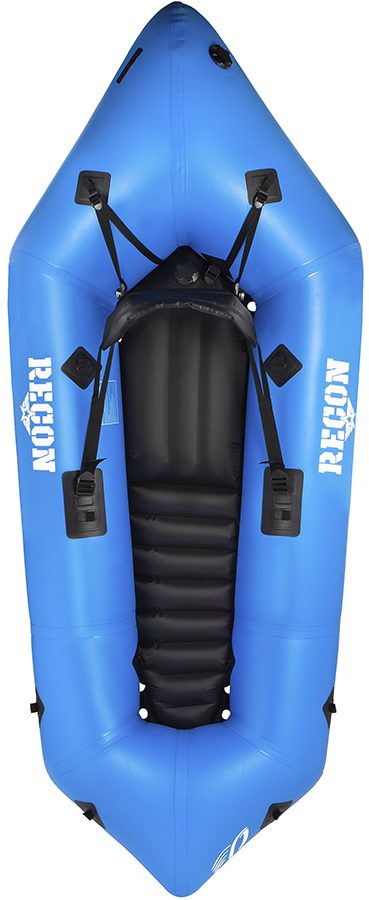 SGB | What’s new from Kokopelli that we will see next week at OR Summer Market. KS | Our Adventure Series Packrafts Rogue and Rogue-Lite are a great entry option and exposure to the sport of Packrafting. The boats are not for whitewater, so you don’t have the additional features and attachments, but you can keep this category of raft in your SUV or RV as a grab-and-go to paddle around and add dimension to your outdoor experience.
SGB | What’s new from Kokopelli that we will see next week at OR Summer Market. KS | Our Adventure Series Packrafts Rogue and Rogue-Lite are a great entry option and exposure to the sport of Packrafting. The boats are not for whitewater, so you don’t have the additional features and attachments, but you can keep this category of raft in your SUV or RV as a grab-and-go to paddle around and add dimension to your outdoor experience.
The Recon, shown left, is our latest for the season. It is a durable raft and holds up to all the elements. At 18 pounds you won’t hike with it fully inflated, but it packs down to a duffle bag size, like all of our packrafts, and can be used in the same manner. All of the parts are integrated so you can mix and match with our other boat series.
The Recon is also great for rental companies and guide schools and will hold up every day of the year—two to three trips a day—for the 90-day season.
The Twain 2 person Pack Raft from our Lake Series, is another standout that easily fits in a backpack or under the handlebars of your bike. When you have a packraft that’s that packable, you can get out there and have a super fast and comfortable outdoor experience even at the end of the day. It’s excellent on the lake, ocean or flat Class 1 water, and the raft is engineered to remain stable due to the flat hull profile, medium-sized rocker and will track straight with the removable tracking fin.
The Nirvana Spraydeck and Self-Bailing boats in our Whitewater Series are two great crafts to check out while you are at OR Summer Market. The integrated spraydeck and sprayskirt system in the Nirvana Spraydeck boat keeps you dry when you’re paddling. The self-bailing option is the first of its kind in a packraft. The engineering allows water in the boat to drain automatically and performs best in Class 1-to-3 water. As a bonus, you can put your gear around the inside zippered compartments, inflate the boat and the compartments will keep everything inside dry. The feature also gives a lower center of gravity to the raft so they’re less tippy from left-to-right.
SGB | What is your dream trip in a Kokopelli Packcraft that you haven’t taken? KS | Cruising down the Devil’s River in West Texas. It’s spring fed, super clear water and so remote that very few people know about it.
Visit Kokopelli at Outdoor Retailer Booth #31031-UL. Photos courtesy Kokopelli


